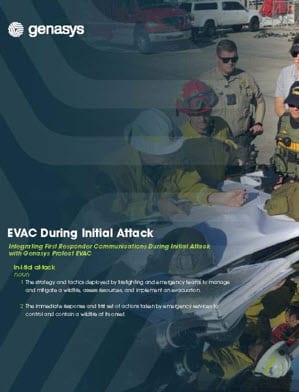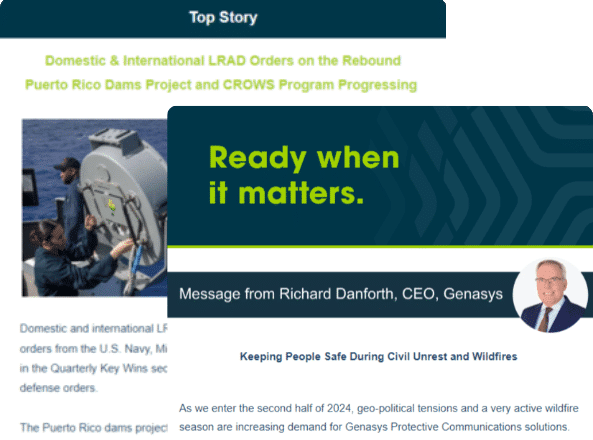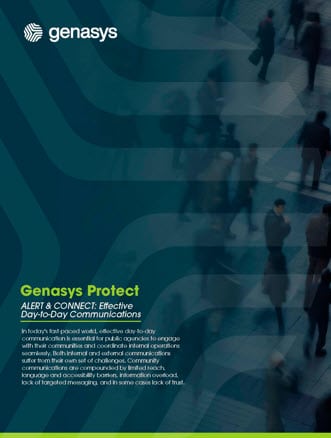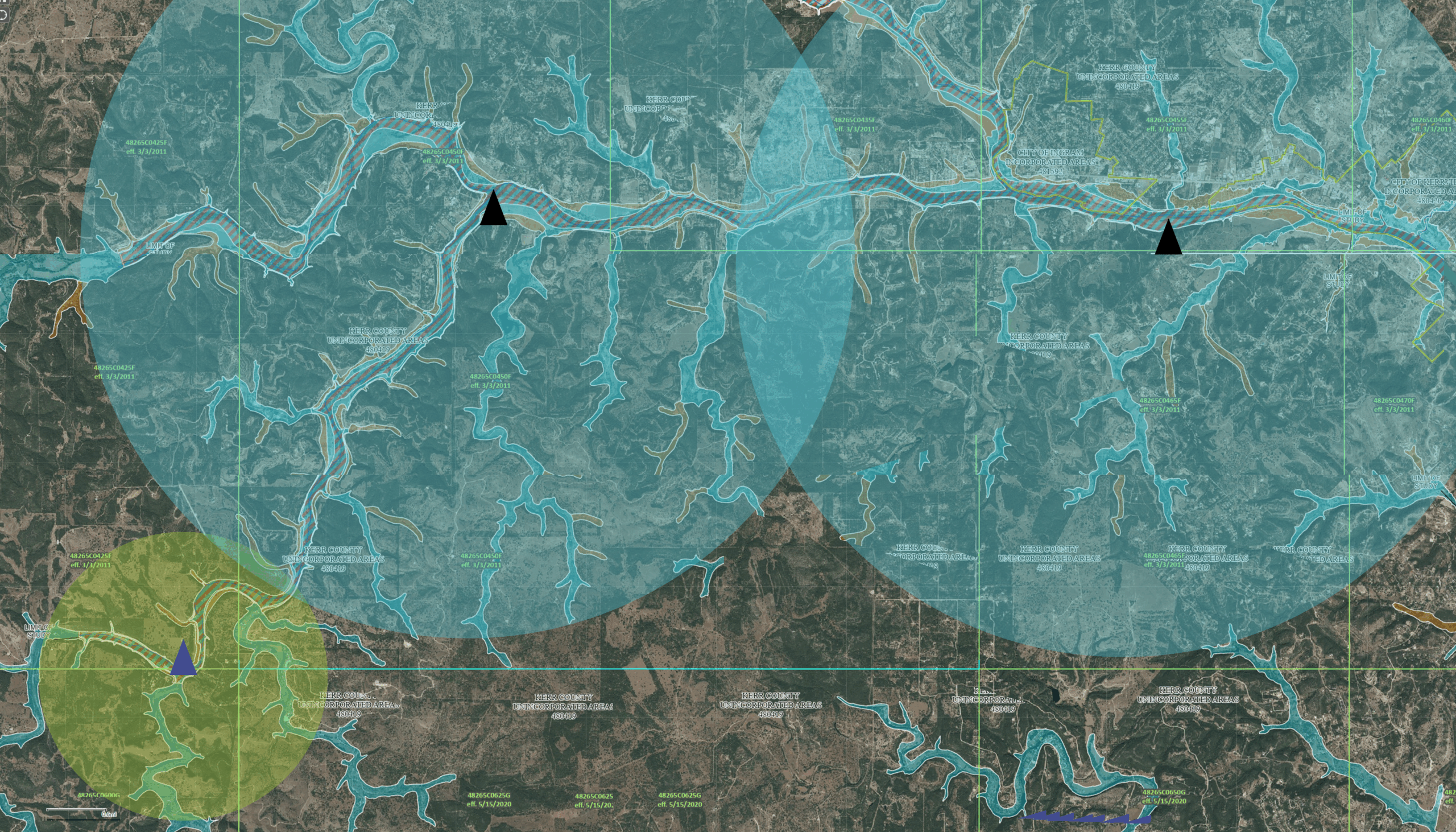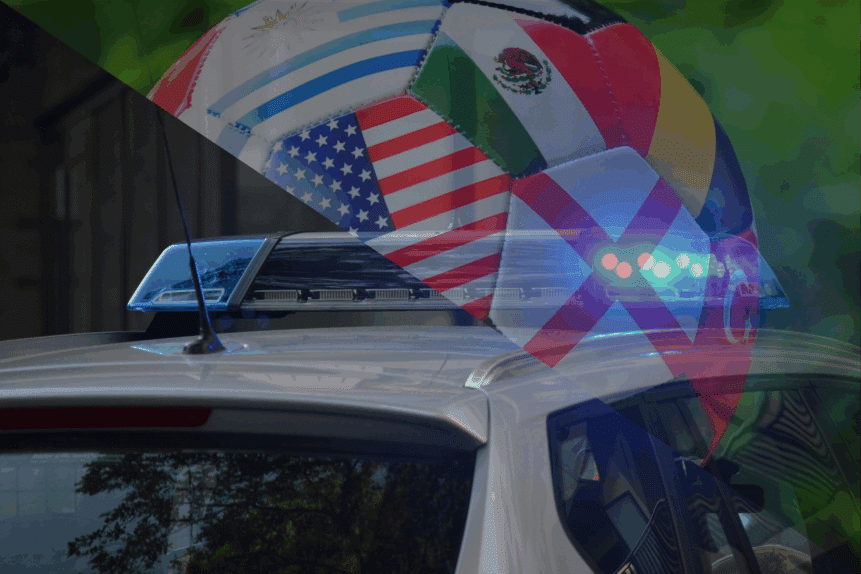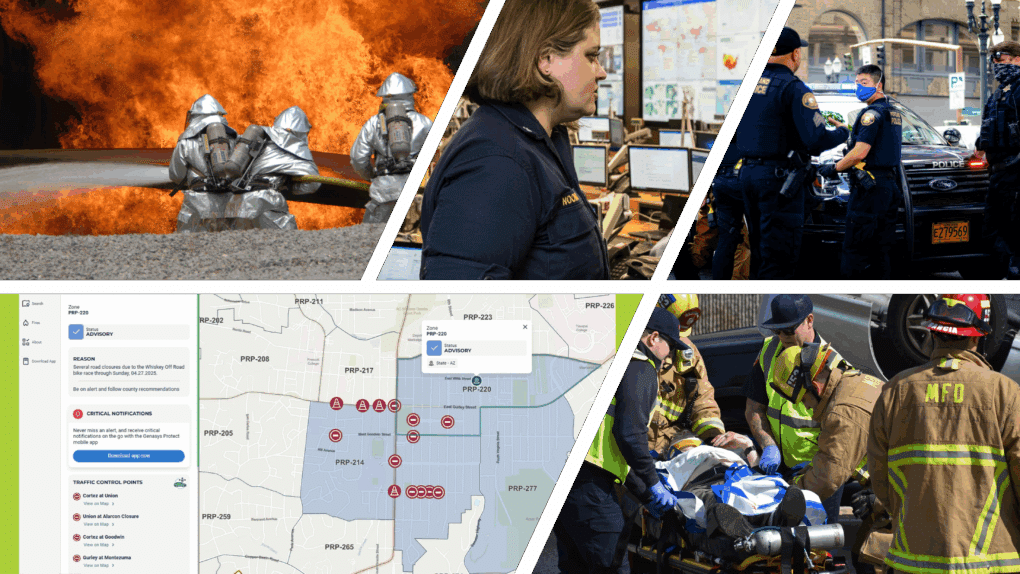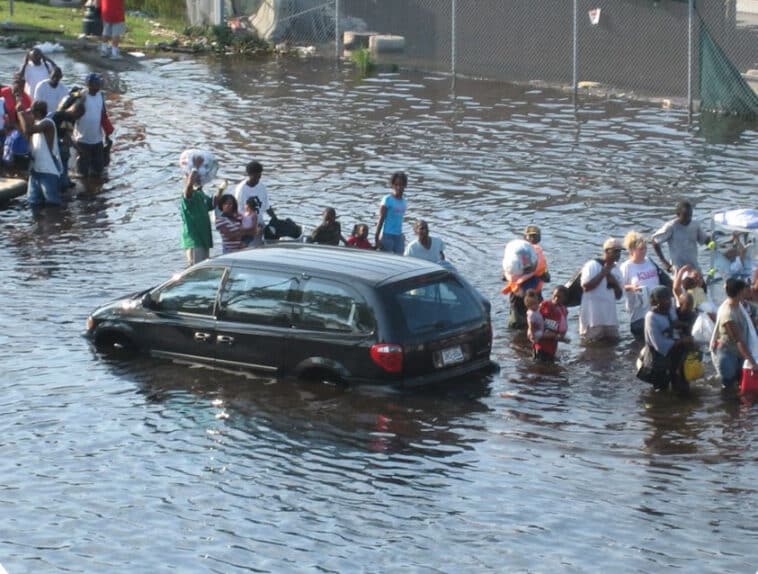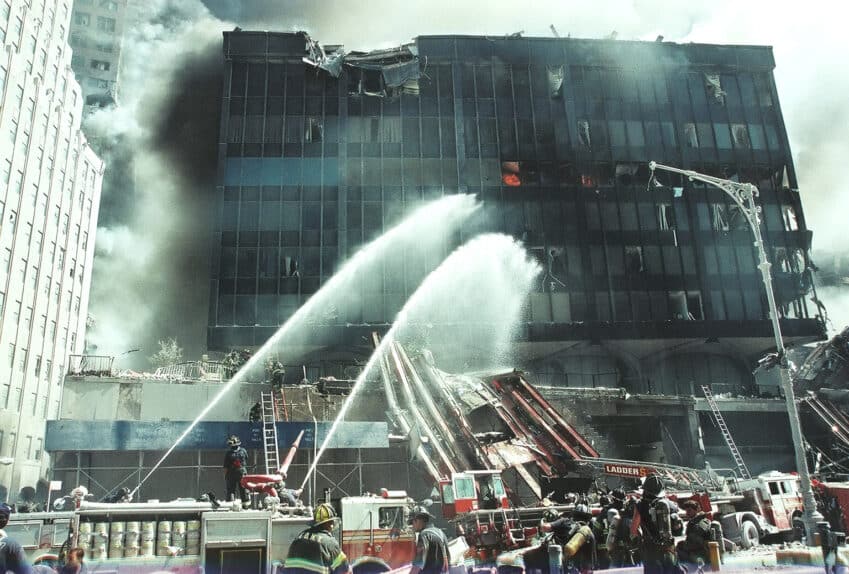
Key Takeaways:
- Emergency operations personnel, including law enforcement, fire, and rescue, need a communications tool that provides a common operating picture to support their efforts before, during, and after a hurricane.
- The unpredictability of storms and the sheer size of their impact zones require communication tools that can reach large areas and multiple agencies with updates and changes impacting first responders and the public 24/7.
- Using a customized zone-based communications tool working in tandem with a mass notification system can support multi-agency efforts that need to adapt and change as hurricanes progress.
During a hurricane, first responders and emergency operations personnel, including law enforcement, fire, and rescue teams, are on the front lines, working tirelessly to save lives and keep people safe. When communication breakdowns occur, it can drastically hinder their efforts, jeopardize safety, and potentially put lives at risk.
Front-line communications are crucial in emergency situations, especially during a hurricane when so many lives are at stake. Emergency responders need to be able to communicate with each other and with other emergency personnel to coordinate their efforts and provide the best possible outcomes for their communities.
The Importance of Responder Communications in Emergency Situations
When you are in a mass emergency event, like a hurricane evacuation affecting thousands of people, responder communications are critical. Without effective communication, response times can be delayed, evacuation routes can be miscommunicated, resources can be misallocated, and lives can be lost.
Responders need to have reliable communication systems in place and a plan for alternative communications should they experience an unforeseen event. Things like power outages or abrupt storm course changes can require immediate redeployment of resources, changes to evacuation routes, and more. Communications as a tool for emergency personnel and community outreach are vital in managing the unexpected pivots that are part of hurricane response management.
Common Causes of Emergency Communication Breakdowns During Hurricanes
Communication breakdowns can occur for a variety of reasons during a hurricane. From damage to communication infrastructure, such as cell towers or radio towers, to siloed or proprietary communications technology to the sheer volume of communication traffic during an emergency. Communication systems can fail, which can cause devastating delays. This leaves emergency responders at a severe loss, even jeopardizing their safety.
This phenomenon has occurred during countless disasters and has been well documented during events like Hurricane Katrina in 2005 and, most recently, Hurricane Ian in 2022, where isolated communication breakdowns may have contributed to a high number of deaths among the senior population.
Crisis-Management Communication Challenges During a Hurricane
While hurricanes often have about 3 days of lead time, emergency managers and first responders require efficient communication procedures and the right channels to address ongoing challenges, including:
- Changes in Storm Parameters — The direction, strength, speed, and size of a storm can all contribute to operational changes mid-event and give emergency responders a limited time to act.
- Fragmented Information — With individual counties, cities, and towns using disparate and unconnected communications systems, vital hurricane information can go unreported, or the public can be misinformed, causing delays and confusion during the evacuation process.
- Coordinating Emergency Responses Between Agencies — In an evacuation, with a large percentage of the population on the move, preventing injury and loss of life is the top priority. The public, as well as all emergency responders and volunteers, need to be protected from storm-tossed debris, exposure, electrocution, or being caught in floodwaters, regardless of their changing location.
- Effectively Communicating Public-Facing Information — Before and during a hurricane, people are deciding whether to evacuate or shelter in place, which can have life-threatening consequences. Without the best and latest information, citizens can make decisions that lead to unintended problems or complications for responders that could have been avoided, such as the need for search and rescue.
- Resource Allocation Challenges — As the path of a hurricane becomes more evident, resources need to be deployed in the right areas where the public can access relief or guidance.
Benefits of Emergency Communications that Create a Common Operating Picture
Communication tools that create a common operating picture, such as an interactive shared map screen displaying critical emergency information, make decision-making and coordination more organized and effective, facilitate collaborative decision-making throughout a variety of different crises, and improve safety for residents and responders alike.

Emergency Operations Centers (EOCs) and first responders without access to this common operating picture and its corresponding information are put in a position where they can duplicate efforts, be prone to error, and be slower in their response time.
Hurricanes can impact massive areas, with many counties, municipalities, and agencies involved. Through a coordinated tool that provides mass notifications, as well as zone-based communications for emergency personnel and the public, hurricane response and evacuations become a collaborative effort that can save lives throughout the life of the storm.
Solutions Provided by a Coordinated Communications Effort
With a communications tool that facilitates a common operating picture, individual EOCs can coordinate their response by visualizing the same information, which facilitates decisions that correspond with different groups, making multi-agency collaboration easier. A common operating picture is created by sharing:
- An overall operating blueprint that can respond to changes in the upcoming storm, model the storm’s path, and anticipate/warn those in harm’s way.
- Large areas with customized evacuation zones that are not constrained by city limits or county boundary lines — know what’s happening in adjacent areas.
- A community communications application that informs residents, businesses, visitors, volunteers, the news media, and all impacted support groups with vital, accurate information in order to extend this common operating picture to evacuees.
- Ongoing evacuation changes across multiple groups, from first responders to the public, in real-time, e.g., road closures, downed power lines, flooded or impassable areas, and damaged infrastructure.
Ideally, an integrated emergency management solution should address the needs of the EOC and first responders while also providing a platform for communicating with the public to keep residents informed of evacuation-specific information. If you can accomplish this while also creating (or participating in) a much larger common operating picture, the benefits for your team of responders, as well as your community, multiply exponentially.
Mitigating System Challenges with a Single Tool
If your EOC or first responder team would benefit from a single common operating tool that would eradicate communications breakdowns and bolster response time during a hurricane event, Genasys Protect offers a comprehensive solution that facilitates inter-agency cooperation even when the power goes out.
Our solution includes a comprehensive platform for:
- A fully integrated and zone-based mass notification solution that allows emergency managers and responders to plan and execute live emergency evacuations from start to finish, coupled with an integrated public-facing application for a real-time bridge to the surrounding community.
- A critical communications and incident management messaging tool that automatically discovers recipients and sends targeted alerts and life-safety notifications.
- A solar-powered and satellite-connected speaker array system (fixed or mobile) for audible voice broadcasting even during a power outage.
Be prepared before the next major storm hits your community — contact Genasys to learn more about our critical communications solutions that have been proven highly effective in multiple locations and situations around the globe.



